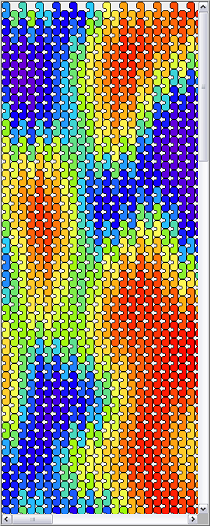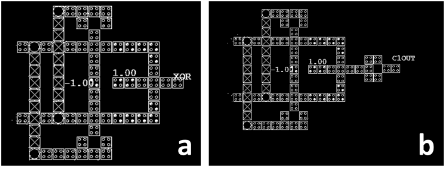research
Main menu
Quantum biology
Quantum biology
There has been recent experimental
evidence suggesting the existence of quantum phenomenon effects on
living organisms. For instance, birds, insects and other animals appear
to use quantum coherent entanglement navigation by sensing
Earth’s magnetic field; plants use a form of quantum coherent
superposition to find the most efficient pathway to direct energy
through their photosynthetic reaction centre in the form of coherent
excitons; quantum tunnelling is used by some enzymes -
Right caption .-

Do
genetic algorithms really emulate Darwin's principle of natural
selection? Design of quantum cellular automata (QCA) circuits with
genetic algorithms
In the paper [30] we
introduce a discussion about evolutionary
search methods based on Hamming
oracle. In many optimization problems,
the design of the fitness function
includes the Hamming distance being referred
this kind of functions as Hamming oracle. In this paper we adopt a
critical look and ask ourselves to what extent genetic algorithms and
other related evolutionary methods truly mimic evolution. We
tested three evolutionary search methods
taken as a case study the
evolutionary synthesis of quantum-
Figure (right)


Quantum genetic algorithms
Genetic algorithms (GAs) are a class of
evolutionary algorithms inspired by Darwinian natural selection. They
are popular heuristic optimisation methods based on simulated genetic
mechanisms, i.e., mutation, crossover, etc. and population dynamical
processes such as reproduction, selection, etc. Over the last decade,
the possibility to emulate a quantum computer (a computer using quantum-